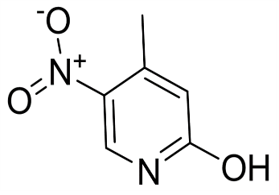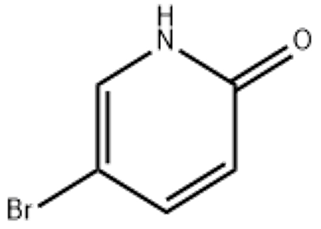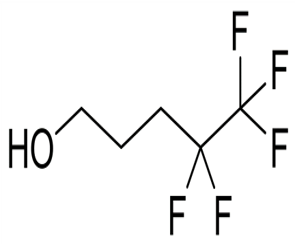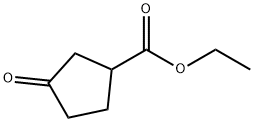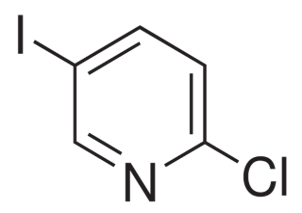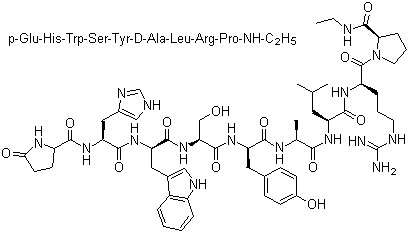2-Hydroxy-4-methyl-5-nitropyridine(CAS# 21901-41-7)
| Risk Codes | R36/37/38 – Irritating to eyes, respiratory system and skin. R20/21/22 – Harmful by inhalation, in contact with skin and if swallowed. |
| Safety Description | S26 – In case of contact with eyes, rinse immediately with plenty of water and seek medical advice. S37/39 – Wear suitable gloves and eye/face protection S36/37/39 – Wear suitable protective clothing, gloves and eye/face protection. S36 – Wear suitable protective clothing. |
| UN IDs | 2811 |
| WGK Germany | 3 |
| HS Code | 29337900 |
| Hazard Class | 6.1 |
| Packing Group | III |
Introduction
It is an organic compound with the chemical formula C7H7N2O3.
Nature:
is a solid with a pale yellow to yellow color. It is more soluble in solvents and less soluble in water. It has a certain degree of combustion, and when heated or encountered an open flame will produce toxic nitrogen oxides (NOx).
Use:
It is often used in organic synthesis as an important intermediate. It can be used in the synthesis of pyridine compounds, such as pesticides, drugs and dyes. In addition, it can also be used as a ligand for metal complexes.
Method:
It is usually prepared by the reaction of 4-methyl-2-nitropyridine and sodium hydroxide. The reaction is usually carried out in an organic solvent and the product can be obtained.
Safety Information:
It is harmful to the human body. Contact with the skin may cause allergic reactions, and inhalation of its dust or vapors should be avoided. When handling, appropriate protective measures should be taken, such as wearing gloves, goggles and protective clothing. When in use or storage, should be away from the fire and oxidant. In the case of accidental leakage, leave the leakage area quickly and take appropriate cleaning measures.


